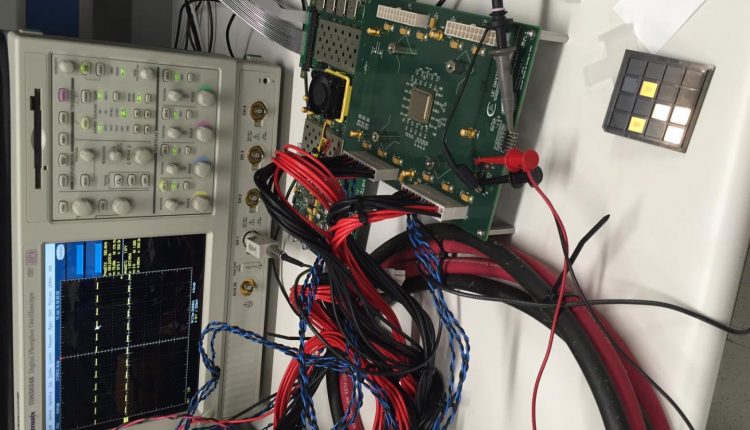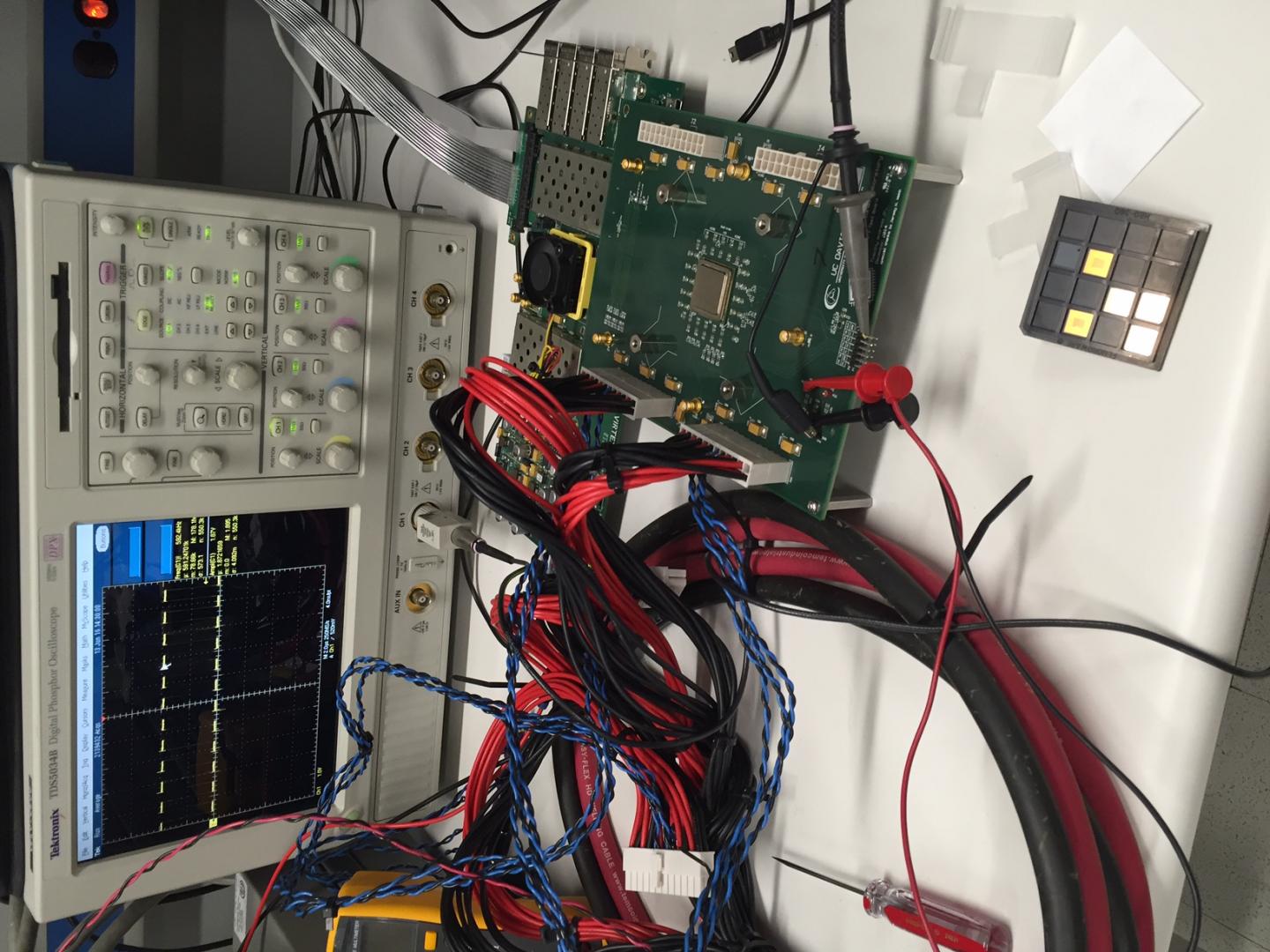
A University of California, Davis group of engineers has designed a microchip containing 1,000 independent programmable processors that is said to be the fastest ever made by a university lab.
The “KiloCore” chip has a maximum computation rate of 1.78 trillion instructions per second and contains 621 million transistors.

“To the best of our knowledge, it is the world’s first 1,000-processor chip and it is the highest clock-rate processor ever designed in a university,” said Bevan Baas, professor of electrical and computer engineering, who led the team that designed the chip architecture. While other multiple-processor chips have been created, none exceed about 300 processors, according to an analysis by Baas’ team. Most were created for research purposes and few are sold commercially. The KiloCore chip was fabricated by IBM using their 32 nm CMOS technology.
Each processor core can run its own small program independently of the others, which provides more flexibility than approaches used by processors like GPUs. The idea behind this functionality is to break an application up into many small pieces that can run in parallel on different processors, enabling high throughput with lower energy use.
According to graduate student Brent Bohnenstiehl, who developed the technology, since each of the processors is independently clocked, they can shut down to further save energy when not needed. Cores operate at an average maximum clock frequency of 1.78 GHz, and they transfer data directly to each other rather than using a pooled memory area that can become a bottleneck for data.
The team states that its new chip is the most energy-efficient “many-core” processor ever reported. To back this up, the researchers provide an example of its work: the 1,000 processors within the chip can execute 115 billion instructions per second while dissipating only 0.7 Watts — low enough to be powered by a single AA battery. That’s more than 100 times more efficient than a modern laptop processor.
Applications already developed for the chip include wireless coding/decoding, video processing, encryption, and others involving large amounts of data.
The team has completed a compiler and automatic program mapping tools for use in programming the chip.

Comments are closed, but trackbacks and pingbacks are open.